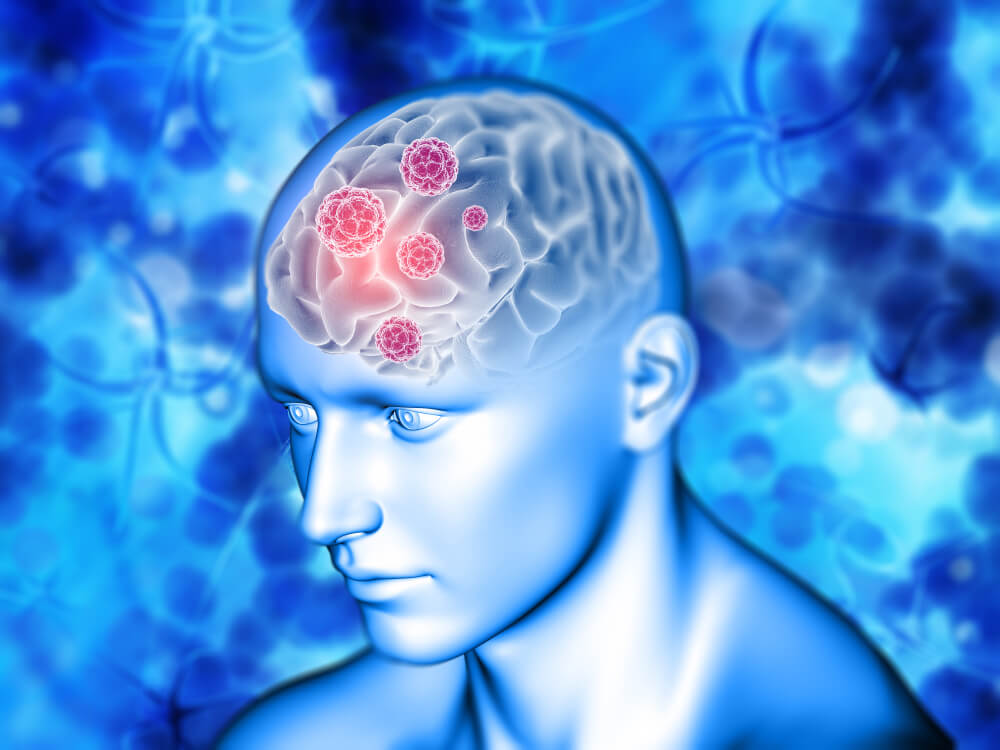Blood clots in the brain, also known as strokes or cerebral infarctions, occur when blood flow to a part of the brain is interrupted, reducing the supply of essential oxygen and nutrients to the brain. If not treated promptly, brain cells may die within minutes.
Stroke is considered a medical emergency, and therefore it must be treated immediately to avoid complications, including brain damage.
Symptoms of strokes
Strokes usually occur suddenly. However, there are some warning signs that, once observed, require immediate medical attention, including:
- Slurred or incomprehensible speech.
- Facial drooping.
- Vision problems.
- Seizures.
- Inability to coordinate movement and loss of balance.
- Sudden severe headache.
- Dizziness and a desire to vomit.
- Confusion.
- Paralysis in certain areas of the face, arm, leg, or one side of the body.
- Difficulty swallowing or drinking.
Diagnosis of strokes
Strokes can be diagnosed through a series of medical tests, including a comprehensive physical examination, blood pressure measurement, and heart rate assessment.
Subsequently, the diagnosis of stroke is confirmed through the following tests:
- Complete blood count.
- Doppler ultrasound.
- CT scan to check for any blockages in the blood vessels.
- MRI.
Treatment of strokes using interventional radiology
The treatment of acute stroke is one of the most important areas of interventional radiology treatment. By intervening at the right time, brain tissue can be preserved, preventing paralysis or other complications for the rest of the patient's life. This treatment involves inserting a catheter and precisely locating the artery using X-rays, after which the doctor removes and dissolves the clot.

